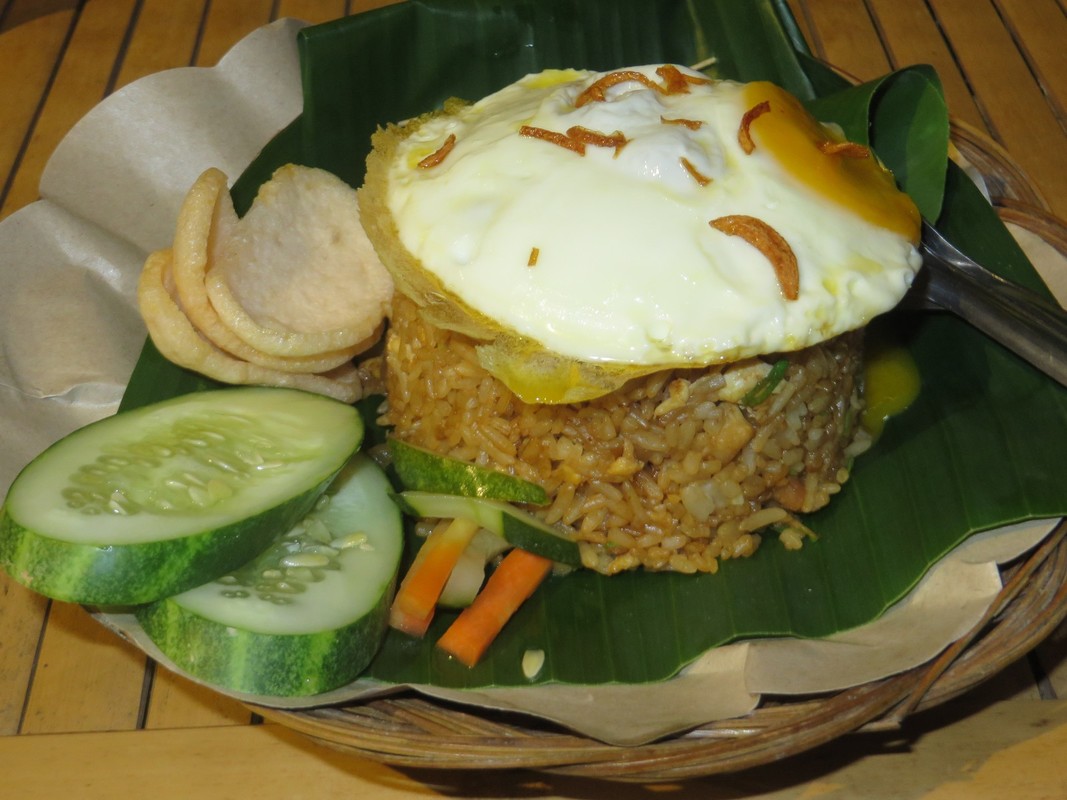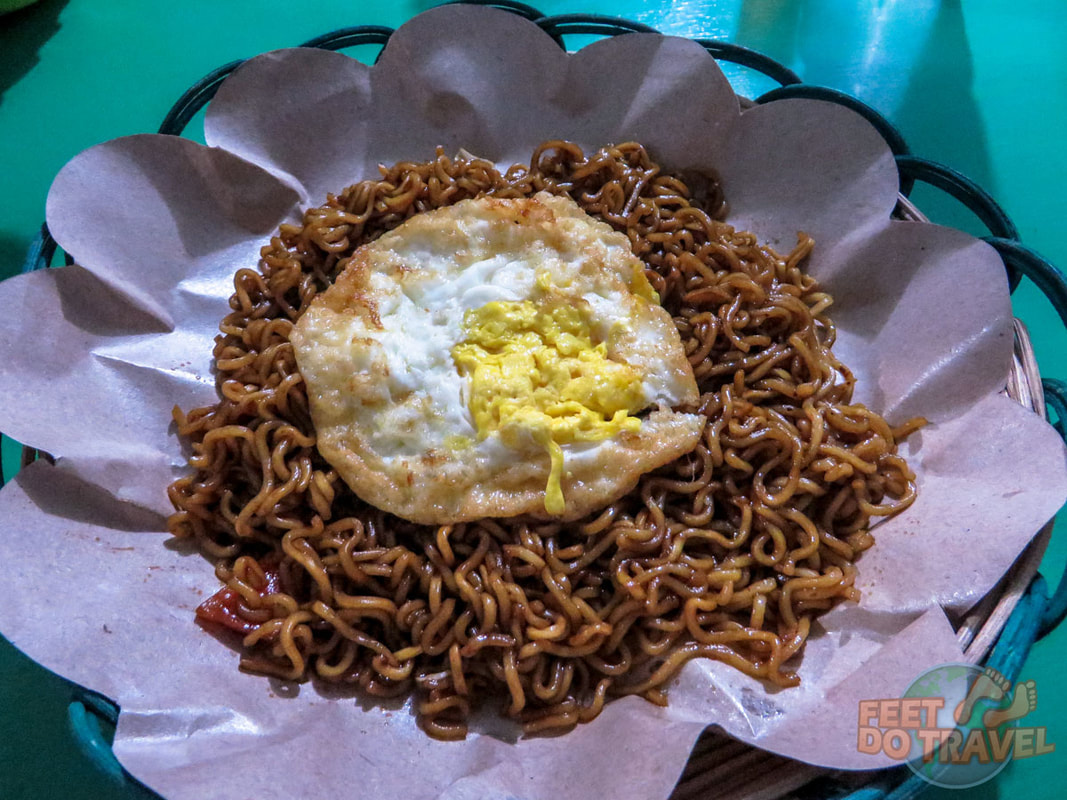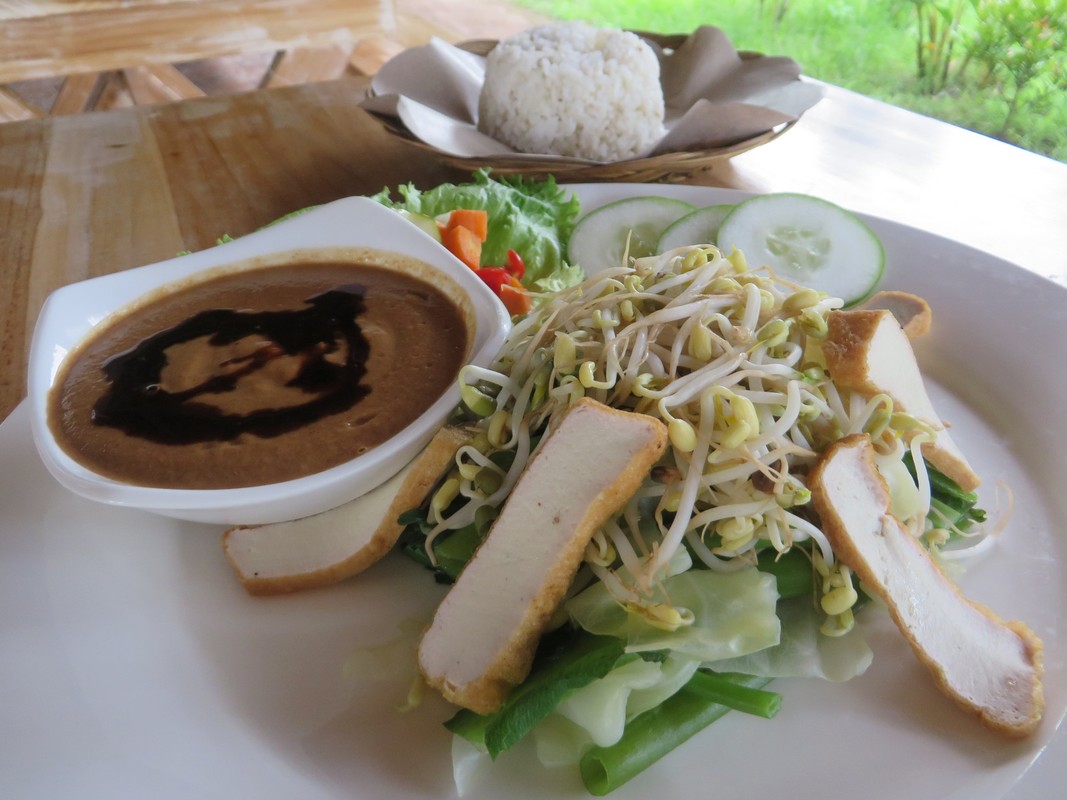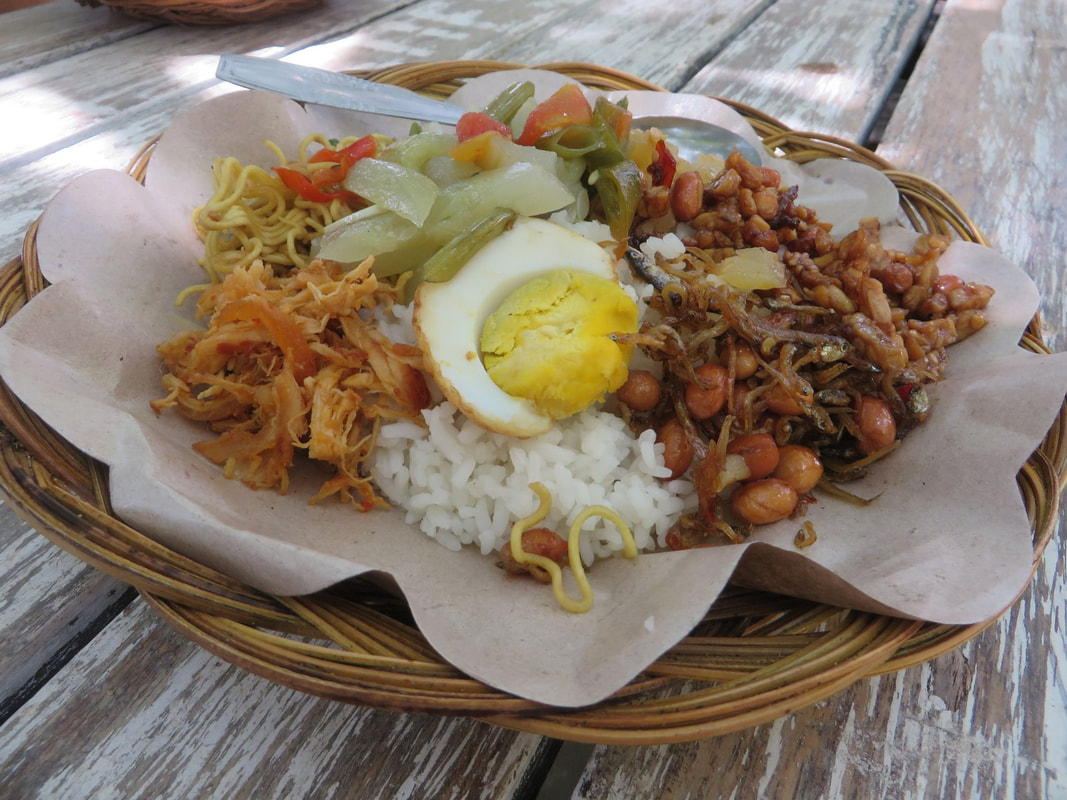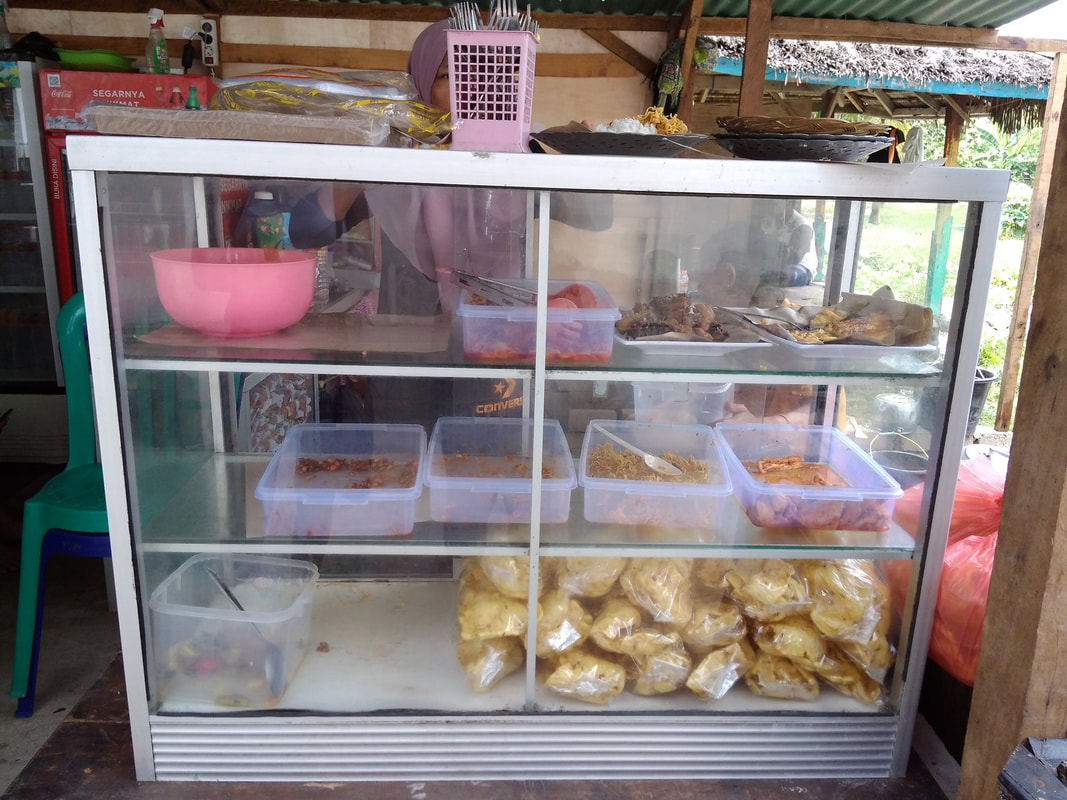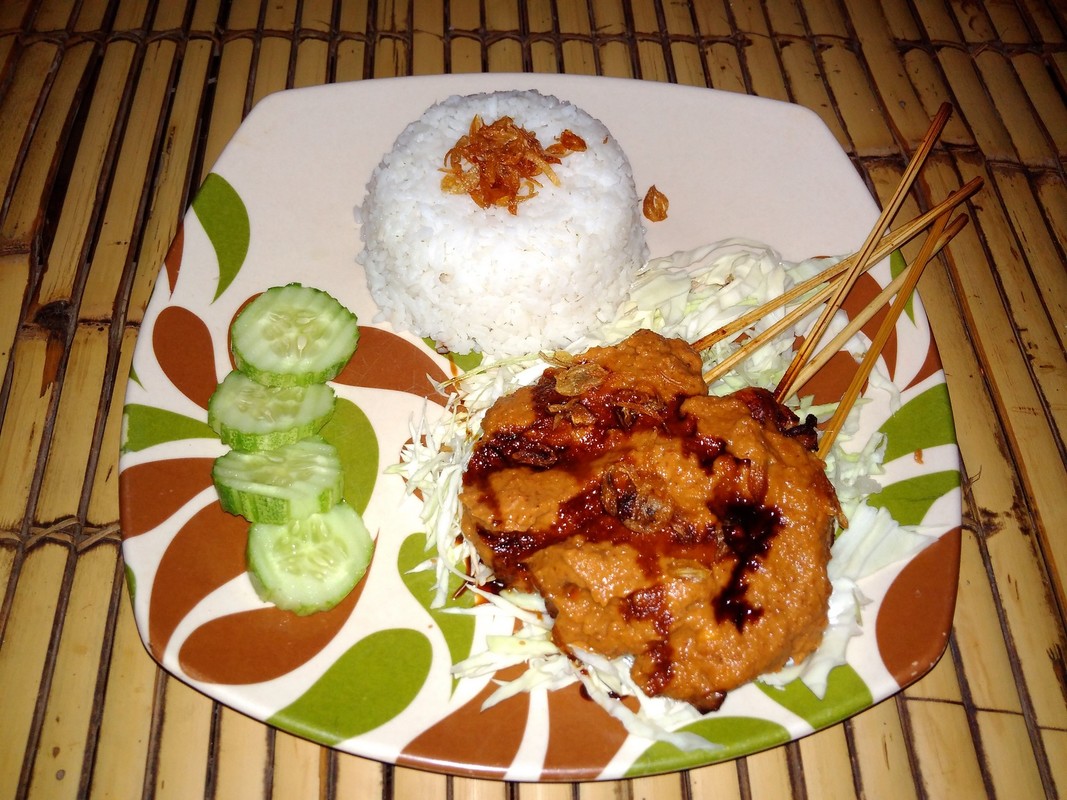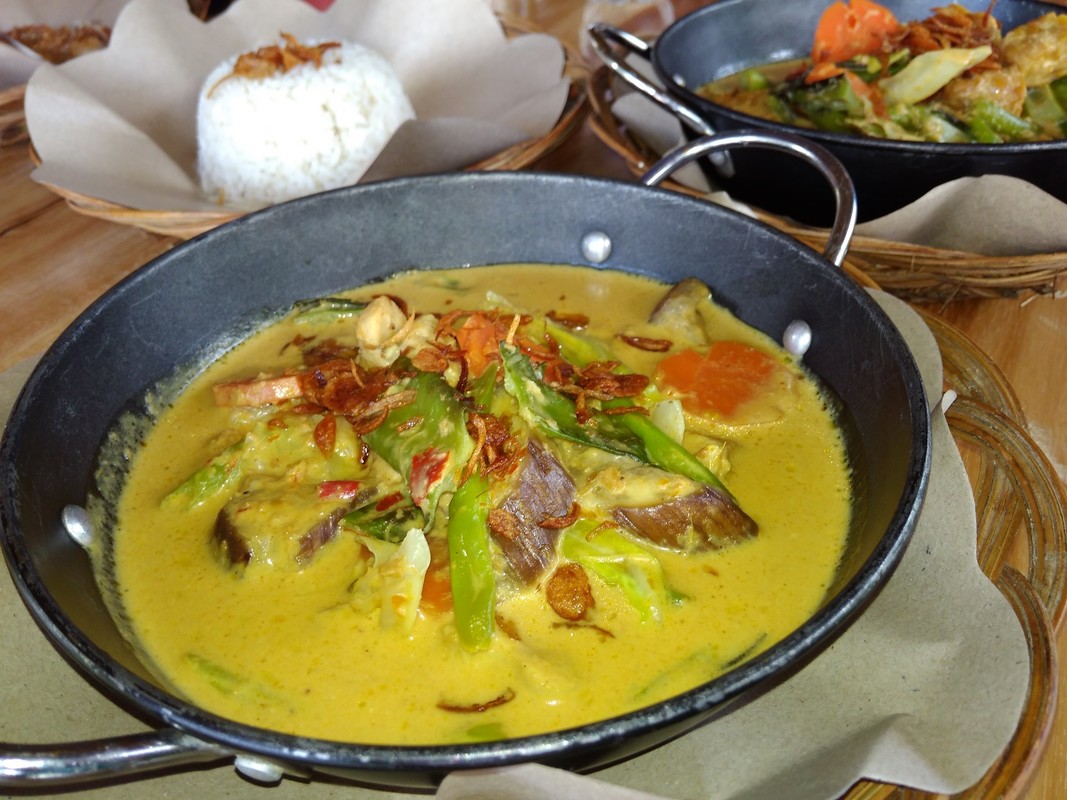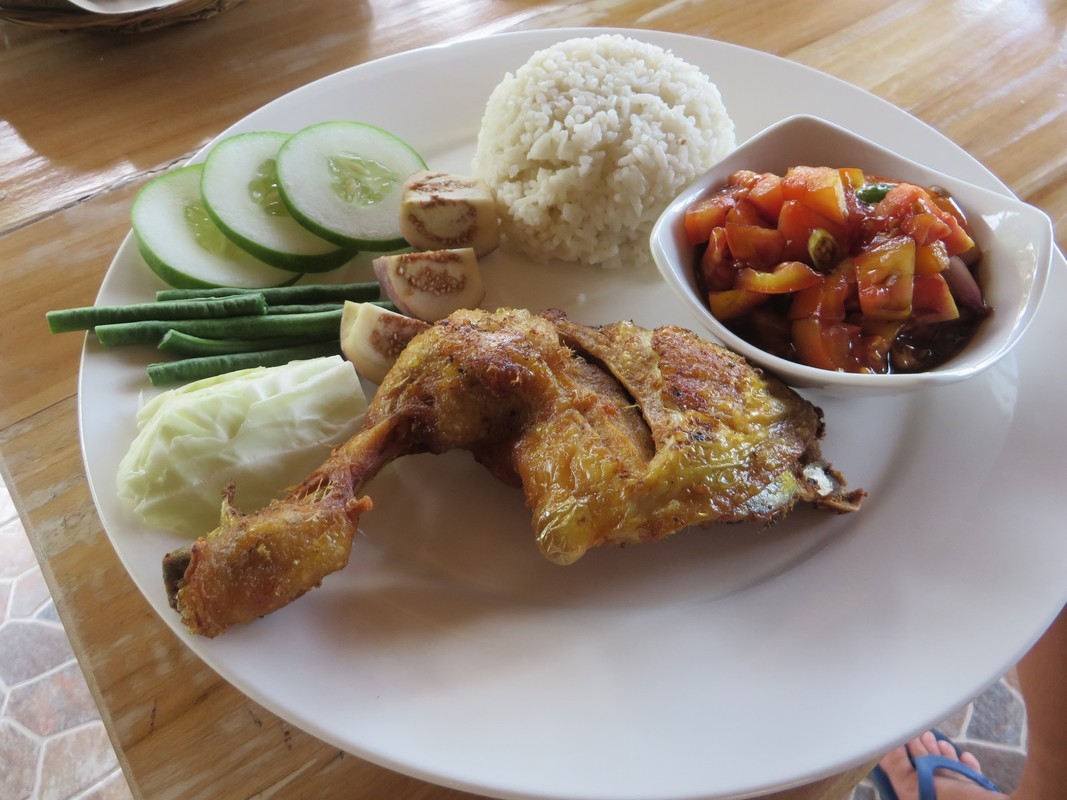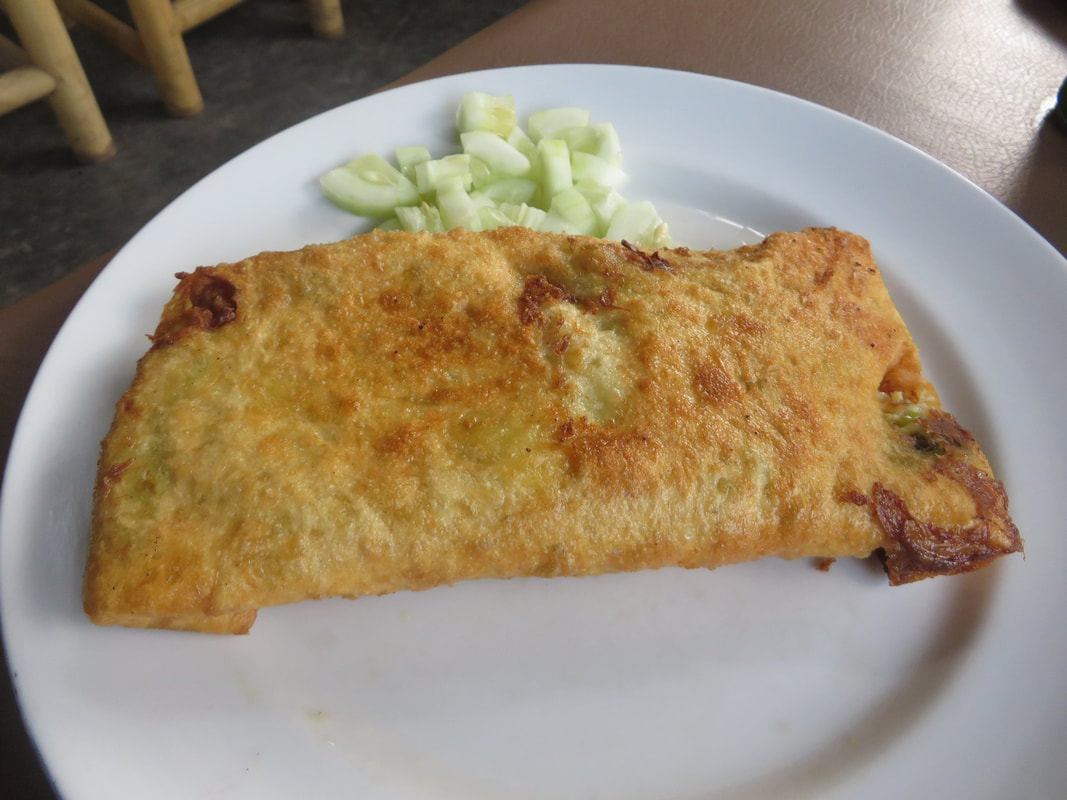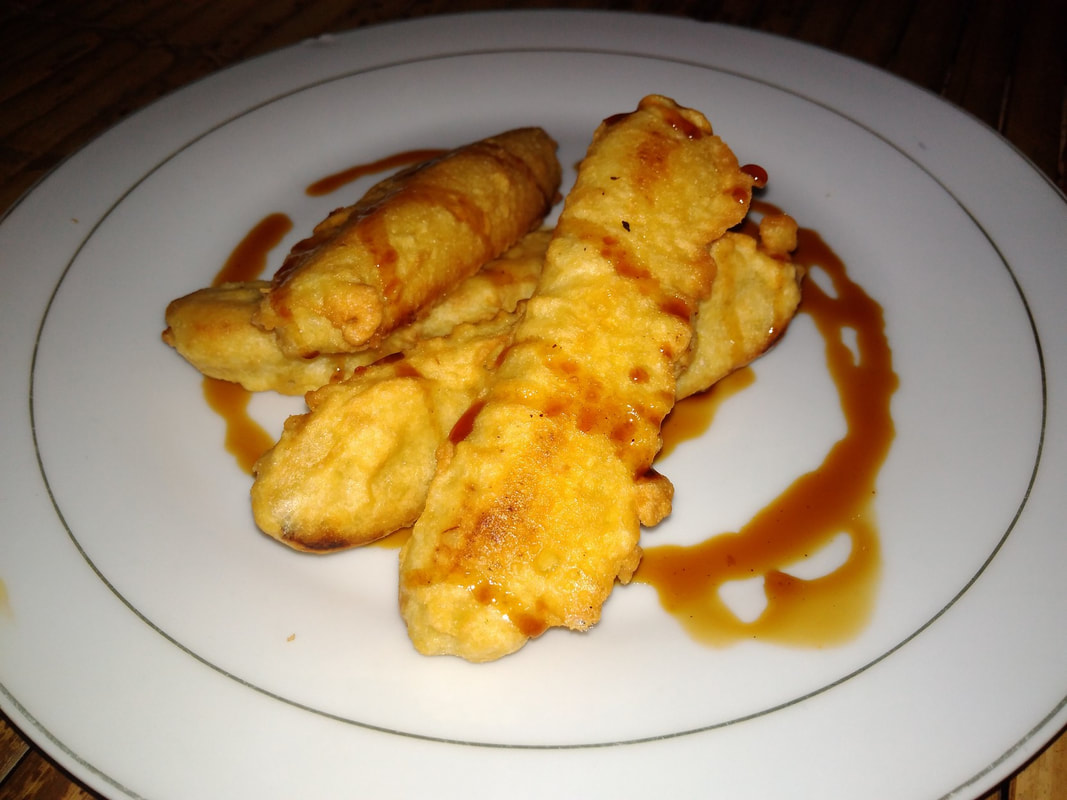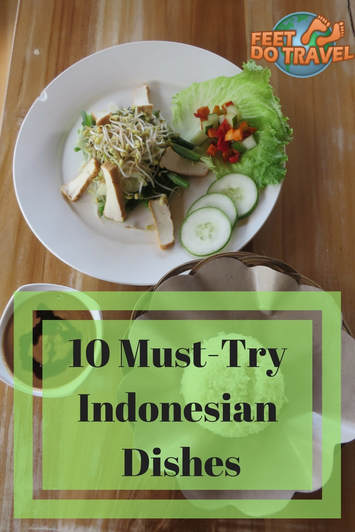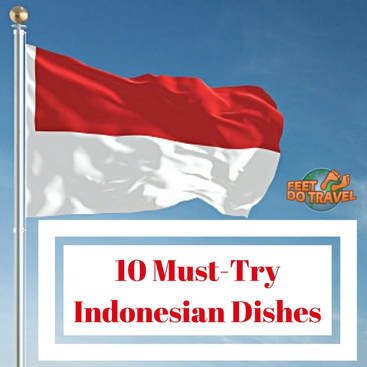
We have spent a year in Indonesia and everyone says “oh I love Indonesian food”, so it only seems natural to put together this post of the must try Indonesian dishes.
Not everyone enjoys spicy food, myself included. Sy is the opposite end of the spectrum and loves a dish so ridiculously hot, it awakens his sinuses and burns his belly. Indonesian dishes cater to both our tastes.
If you are visiting Indonesia, you must try some of these delicious Indonesian dishes. Here's a tip for you; if you are in Java, download the Eatigo App and not only will you discover Jakarta restaurant deals, but you can get up to 50% discount off your total bill!
Salamat makan (enjoy your food).
All of these dishes can be found throughout Indonesia including the other Gili Islands such as Gili Trawangan, Gili Meno, but our recommendations will be from GIli Air, Lombok. The word “Lombok” in the local Sasak language means chilli, so it won’t surprise you to learn that the key ingredient for Indonesian dishes is …. Chilli. The green and red Lombok chillis are often made into sambal, the fiery sauce condiment which accompanies most dishes. If it doesn’t, and if you want your dish pedas (spicy), just ask for sambal. The local people love to give you spicy sambal, it’s almost a rite of passage if you can tolerate their home-made spicy sauce.
I’m starting with one of my personal favourites, Beef Rendang! Slow-cooked beef with a mixture of herbs and spices, chili and coconut milk served with rice. According to tradition, a true rending is diligently stirred for hours during the cooking process until the coconut milk has evaporated, and the meat has absorbed the spices. Dating back to the 16th centre, rendang originated in Minangkabau, Sumatra and was served on special occasions to honour guests (for example birth or circumcision ceremonies), wedding feasts and festive occasions such as Hari Raya (Eidal Fitri, the end of Ramadan celebrations). Sometimes rending is really spicy, other times not so much. Not all places serve a “traditional slow cooked” rending, instead they fry the meat and add a rending sauce meaning the meat can be a little more chewy – just to warn you!
Our recommendations: Blue Marlin (80,000 IDR), Waterfront (90,000 IDR), Ruby’s (75,000) Green Chili (40,000 IDR)
One of Indonesia’s signature dishes, Nasi Gorang is sold everywhere from street vendors to high-end restaurants. Stir fried rice with sweet soy sauce (kecap manis) served with mixed vegetables, an egg on top, a choice of meat if desired and a few prawn crackers. It differs from Chinese fried rice as its stronger and spicier, and has a more aromatic flavour due to the generous amounts of sweet soy.
Our recommendation: Panchy Robeck, 30,000 IDR, but can easily be found from street vendors for 10,000 IDR
One of the most common fried noodle dishes in Indonesia, Mie Gorang is made with thin yellow noodles, fried in cooking oil with garlic, sometimes vegetables, served with an egg on top and meet/fish/shellfish if you desire. It is sold absolutely everywhere, from street hawkers to high-end restaurants. This dish is derived from the Chinese chow mein and believed to have been introduced by Chinese immigrants, with the adaptation of sweet soy sauce (kecap manis) for mild sweetness. If you want it pedas (spicy), just ask for Sambal.
Our recommendation: Lalapan (the street vendor), from 10,000 IDR
Gado Gado translated means “mix mix” or “medley” and is a mixture of vegetables served with a peanut sauce dressing and rice. It is thought to be a Sundanese, West Java street food initially sold from mobile food carts but, due to its popularity, is now on all Indonesian menus in some variety. The only hard and fast rule is the vegetables are blanched (lightly cooked in boiling water). You can have long beans, white cabbage, bean sprouts and water spinach, although the beauty of this dish is every place can put their own unique stamp on it and cook it slightly differently – but don’t forget the peanut sauce!
Our recommendation: Panchy Robeck, 30,000 IDR
I love Nasi Campur because it really is a “locals” dish sold absolutely everywhere by street vendors. No matter where you visit in the Indonesian archipelago, you will find this dish. This dish can vary greatly, but all start with a scoop of nasi putih (white rice), then small portions of a mixture of dishes including vegetables, peanuts, tempe, boiled egg, omelette, jackfruit, chicken, beef, small fish, sweetcorn fritter – a bit of anything and everything really. Of course, to finish off this tasty, cheap and filling dish what should you add? Sambal! You go it!
Tip: Everything is cooked in the morning and kept inside a glass counter which does means it sits around for a few hours. Best to visit late morning/lunchtime not only for the food to be warm, the turnaround of the food is higher so it will be fresher and you’ll have more choice.
Our recommendation: “The harbour lady”, 20,000 IDR but you can buy it for 10,000 IDR
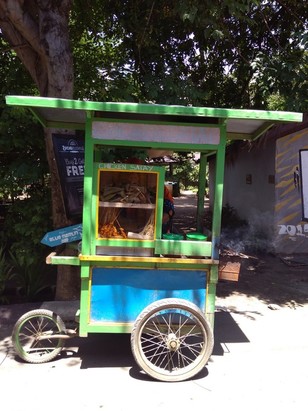 Traditional satay selling street vendor
Traditional satay selling street vendor
Originating in Java, chicken satay is an adaptation of the Indian kebab brought by Muslim traders. Now a national dish throughout Indonesia, it can be found almost everywhere; from street vendors to high-class restaurants. Chicken Satay is seasoned, grilled, skewered chicken served with a peanut sauce and rice. I have lost count of how many times I have eaten this dish and it’s definitely one of my favourites. You can also have lots of other meats and vegetables as Sate. Another favourite of Sy’s was Sate Kambing (Goat).
Our recommendation: Warung Kampung, 30,000 IDR, street vendors sell 5 sticks for 10,000 IDR
Another contender for Indonesia’s signature dish, chicken curry is a creamy, vibrant colour, getting its gorgeous yellow from the spice turmeric. When a good chicken curry is served, it will hit multiple senses and will smell as delicious as it looks and tastes. Originating from Java, it’s best described as a fusion of Thai and Indian curry, often with a spicy kick. As always, sambal can be added for extra spiciness. Apparently Kare is different to Kari and are not to be confused, but often are.
Our recommendation: Panchy Robeck, 45,000 IDR, but you can find it for as little as 20,000 IDR
Lalap is a Sundanese raw vegetable salad served with sambal (of course, a dish without sambal is rare!), and dates back thousands of years. Any vegetables can be used but it’s mainly long beans, cabbage, lettuce, tomato or cucumber.
So what is the difference between Lalapan Ayam which is fried chicken, and Ayam Gorang which is fried chicken. The raw vegetables side dish, and that’s all. This is one of Sy’s go-to dishes and one of his favourites in Indonesia, he has been known to have this for lunch and dinner in the same day.
Our recommendation: Panchy Robeck (35,000 IDR), but you can buy it for 20,000 IDR
Martabak means “folded” in Arabic but it’s unsure if it originated in Yemen, Saudi Arabia or India. Due to its simple and inexpensive nature, it’s now a popular street food but also found in small warungs. Martabak is a stuffed omelette pancake filled with vegetables, sometimes meat and/or cheese, folded, then fried until golden and crisp. Not for those on a diet!
Our recommendation: Warung Bambu (south) or Warung Ada (north) 30,000 IDR (cheaper from street vendors)
Pisang Gorang is deep fried banana or plantain and can be eaten for breakfast, snack or dessert. If you want to know how to make your fruit unhealthy – cover it in batter then deep fry in hot oil. You can eat it as it is, or for extra yumminess, sprinkle cheese, chocolate, condensed milk or honey over the top. De-lic-ious! Some homestays serve pisang gorang for breakfast but you can buy it from street vendors and warungs. You will find it on the dessert menu in restaurants. It was introduced in 1511 by the Portugese who ate banana fritters for breakfast, but it does have different names throughout Indonesia.
Our recommendation: Warung Sunny, 25,000 IDR but street vendors sell for much less
Makan = food
Mininum = drink
Pedas = spicy hot
Tidak = no (tidak pedas means “no spice”– this is my most used phrase!)
Gorang = fried
Pisang = banana
Mie = noodles
Nasi = rice
Nasi putih = white rice
Nasi kuning = yellow rice
Telur = Egg
Daging = meat
Ayam = chicken
Sapi = beef
Bebek = duck
Kambing = Goat
Ikan = fish
Udang = shrimp
Cap cay = stir fried vegetables
Lalapan = raw vegetables
Apa-ini? = what is this?
Enak sekali = delicious food
Have you tried Indonesian Food? What was your favourite? Tell us in the comments section below!
Lembongan - Bali, but Better!
Gili Air - The Perfect Island?
World Oceans Day: Conservation Success on Gili Air
Volunteering at Gili Air Cat Clinic
Gili Trawangan - Not Just A Party Island
Gili Meno - The Island of Love
Best Sunset Spots on Gili Air
Gili Gede - The Secret Gili Islands
Gili Asahan - The Secret Gili Islands
Gili Sudak and Gili Kedis - The Secret Gili Islands
Kuta Lombok - The New Kuta Bali?
Is Pink Beach Lombok Worth Visiting?
Wonderful Waterfalls of Lombok
Tarsiers and a Monkey Selfie
Komodo Dragon Hike in Rinca
Komodo, Flores, More Than Just Dragons
Jewels of Java - Borobudur & Prambanan
Indonesian Orangutan Adventure
Derawan & Sangalaki - Borneo's Hidden Gem?
Raja Ampat on a Budget
Are you a Scuba Diver? Check out these related links:
Scuba Diving the Gili Islands
Manta Madness
Diving Raja Ampat
Lembeh - A Magical Muck Diving Experience
USS Liberty in Bali - Highly Wreck-Ommended
Disclaimer: This post contains some affiliate links. If you click through and make a purchase, it won't cost you any extra, the small commission we may earn will help support the FeetDoTravel community.

Book your Indonesian, South East Asia, long weekend break or any hotel through our website. We always use Booking.com so have a partnership with them. Click on the icon and search as normal.
If you like this post, please Pin & share it!
The #FeetDoTravel blog link-up!
We are proud to host the #FeetDoTravel blog Linkup. If you have a blog post you would like to share, feel free to click on the picture below which will take you through to our Facebook Community and drop your link there. The link-up is open from Friday 12.00pm (midnight UK time) and will close Sunday 12.00pm (midnight UK time). We are a fun and loyal group who are more than happy to comment, share and reciprocate! Happy Travelling Feet Fans!


